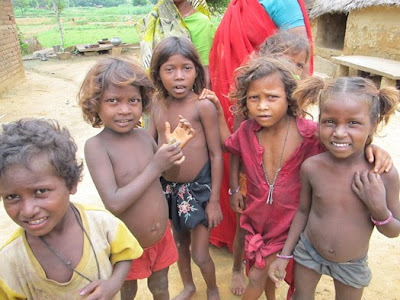Rough Edges.
I admit, it is I who am lost. The last three weeks have been a deep mire of emotional, physical, and spiritual intensity, and I'm trying to make sense of it. I'm tired which makes me feel wimpy and grouchy. My stomach has alas revolted against well, everything. Thanks be to God for creating Kerala "God's Own Country" where I am in the midst of "mending" on the backwaters. Very far south I am amidst rice boats that lap lazily across the glassy water, there are slow rickshaws that take you to antique "curio" shops and extravagant spice markets. The seafood is fresh and the tea is pristine. And soooo quiet! Thank you, thank you, thank you!
Simply stated, I have overwhelmed every part of my being. Thankfully, traveling with Sarah Symons who started Made By Survivors (hero!)— I was affirmed that what I am feeling is normal. Me and India are at odds when it comes to proximity and cleanliness and I find that my efficient, hygienic American self is quite frankly, fed up! Nothing goes as planned, "clean" smells like moth balls, everything, including my food has some sort of foreign object in it. Yes is no. No is yes. India is one giant bobbling maybe. The monsoon is an endless grey swamp that falls out of the sky only to leave a haze of heaviness that makes you feel even sweatier, if that's possible. Garbage is thrown on the street regardless of the sleeping mother and child who make the street their bed, their kitchen and their toilet, people snort and spit with excessive force, the traffic is deafening, the mono-mustached men stare and follow, "Mam. Mam. Mam." endlessly eager to rip off the foreign woman in their midst. Even in the "wealthy" areas, beggars and street children build their lean-to communities right alongside a slick new technology center. How can poverty be so normalized? It's all a part of the texture of Indian life. And that's just on the surface.
But this is the real India and I'm here as an observer. Crying and laughing are permitted, because it's the only way I'm coping. And thank God for the women and the children which are a triumph in a land that is frequently against them. When I spend time with the children and young women who are in shelter homes and vocational centers, removed from brothels or working the streets, all the frustration is forgotten because we become friends, artist— shoulder-to-shoulder. They teach me how to file the rough edges off the copper jewelry. I have a lot of rough edges. When I sit cross-legged in a village circle across from women deemed "untouchable" by their society, drenched in our own sweat, they look at us and say, "We know you understand, because you are women too." Do we understand? I can't say for one second I understand. But I will take her story to the world and say, these are the hardest working women on the planet. They work the fields they will never own, they raise the children, cook the meals, tend to their mother-in-laws, and if they went outside their village they would be met with scorn. Untouchable. These are the women who look at adversity and say, "Without challenge, what is life?"
This reminder is a good thing to ponder in my "lostness".



























